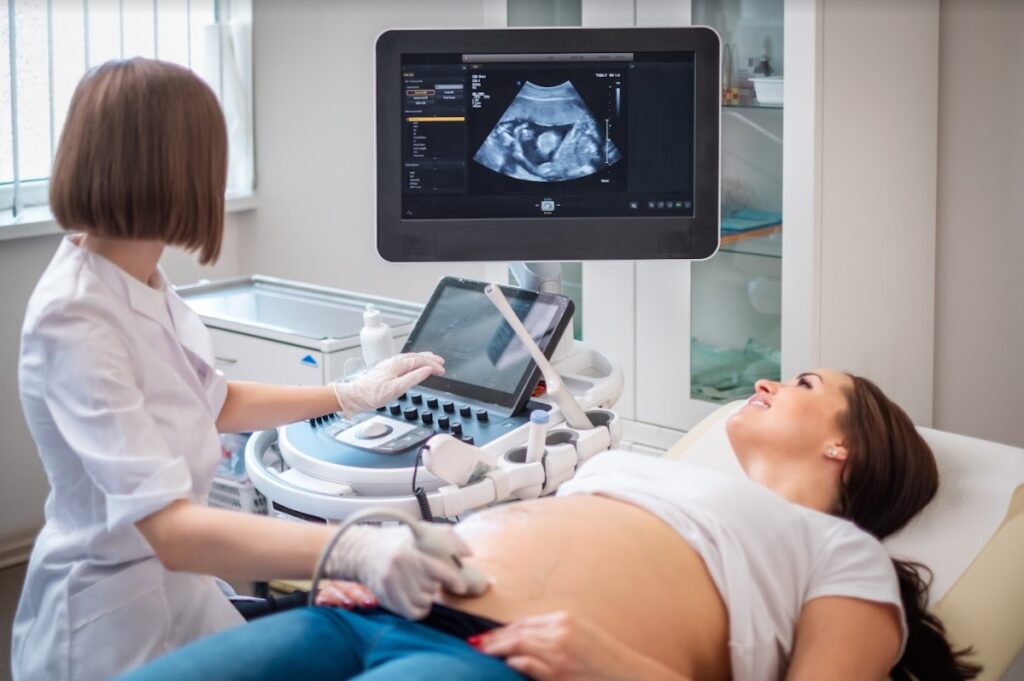In vitro fertilization (IVF) is a revolutionary technique that has helped millions of couples worldwide overcome infertility and achieve their dream of starting a family. This advanced reproductive technology involves fertilizing eggs with sperm outside the body in a laboratory setting. IVF has provided hope to countless individuals struggling with various infertility issues, such as blocked fallopian tubes, low sperm count, or advanced maternal age. In this article, we will delve into the science behind IVF and explore the intricate processes involved in this remarkable procedure.
Consulting a Specialist: The First Step towards IVF Success
The journey towards IVF typically begins with a consultation with a reproductive specialist. This specialist, often an obstetrician-gynecologist (OB/GYN) or a reproductive endocrinologist, will thoroughly evaluate both partners’ medical history and perform a series of diagnostic tests. These tests may include blood work, ultrasounds, hysterosalpingography (HSG), and semen analysis. The specialist will review the results and discuss potential treatment options, including IVF, based on the couple’s unique circumstances.
By talking with a consultant fertility specialist, couples can gain invaluable insights into their specific fertility challenges and explore the best treatment options available to them. Also, this initial consultation is crucial as it allows the specialist to identify any underlying issues and develop an individualized treatment plan.
Ovarian Stimulation: Maximizing Egg Production
Once the decision to proceed with IVF is made, the woman will undergo ovarian stimulation. This involves the administration of fertility medications to stimulate the ovaries to produce multiple eggs instead of the usual single egg in a natural menstrual cycle. The medications used in ovarian stimulation may include injectable hormones such as follicle-stimulating hormone (FSH) and luteinizing hormone (LH). The goal is to develop multiple mature eggs that can be retrieved during the next phase of the IVF process.

Egg Retrieval: Obtaining the Key Ingredients
After closely monitoring the progress of ovarian stimulation using ultrasounds and hormone level assessments, the specialist will schedule the egg retrieval procedure. This minor surgical procedure is typically performed under sedation or anesthesia. Using ultrasound guidance, a thin needle is inserted through the vaginal wall and into each ovary to retrieve the mature eggs. The eggs are then immediately transferred to the laboratory, where they are prepared for fertilization.
Fertilization: Merging Eggs and Sperm in the Laboratory
In the laboratory, the retrieved eggs are carefully examined, and any surrounding cells are removed. The eggs are then placed in a culture dish containing a special nutrient-rich media and combined with a concentrated sample of sperm. There are two main methods of fertilization: conventional IVF and intracytoplasmic sperm injection (ICSI). In conventional IVF, the eggs are exposed to a large number of sperm, allowing fertilization to occur naturally. In ICSI, a single sperm is directly injected into each mature egg, which is particularly beneficial in cases of male infertility. The fertilized eggs, now called embryos, are closely monitored for growth and development over the next few days.
Embryo Transfer: Implanting the Potential Baby
The final step in the IVF process is the transfer of the developed embryos into the woman’s uterus. The number of embryos transferred depends on various factors, such as the woman’s age and medical history. The transfer is performed using a thin catheter inserted through the cervix and into the uterus. The procedure is usually painless and does not require anesthesia. Following the transfer, the woman may be advised to rest for a short period before resuming normal activities. Any remaining healthy embryos can be cryopreserved for future use.
The Waiting Game: Pregnancy Test and Beyond
After the embryo transfer, the couple enters a waiting period before undergoing a pregnancy test. This period can be emotionally challenging, filled with anticipation and hope. If the IVF procedure is successful, the implanted embryo will develop into a pregnancy. A blood test, typically around two weeks after the embryo transfer, will determine whether pregnancy has occurred. If the test is positive, the woman will continue to receive hormonal support to ensure a healthy pregnancy. Regular monitoring will be conducted through ultrasounds and blood tests to assess the progress of the pregnancy.
Conclusion
To sum up, in vitro fertilization has revolutionized the field of reproductive medicine, offering hope to couples struggling with infertility. By consulting a specialist, undergoing ovarian stimulation, retrieving mature eggs, fertilizing them in the laboratory, transferring embryos into the uterus, and monitoring the pregnancy, the chances of a successful IVF outcome can be significantly increased. While the IVF process may seem complex, it is a testament to the marvels of scientific advancement and the dedication of medical professionals working tirelessly to help individuals achieve their dream of parenthood. Hopefully, this article has helped you to understand IVF and how it works.
